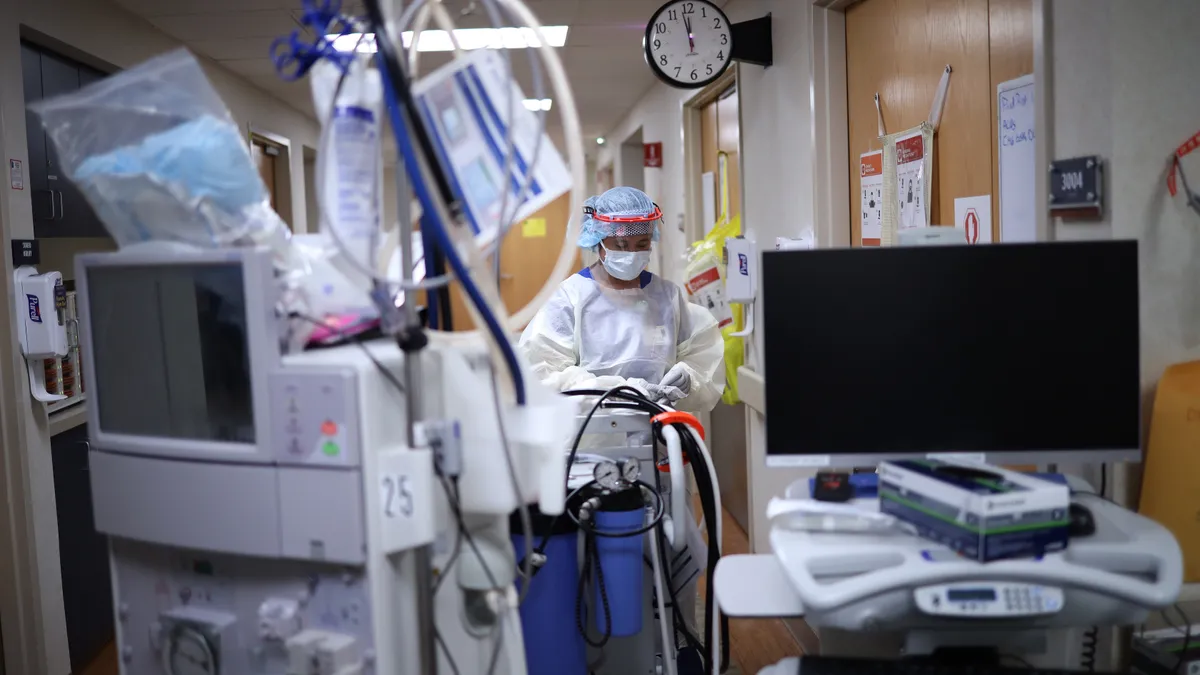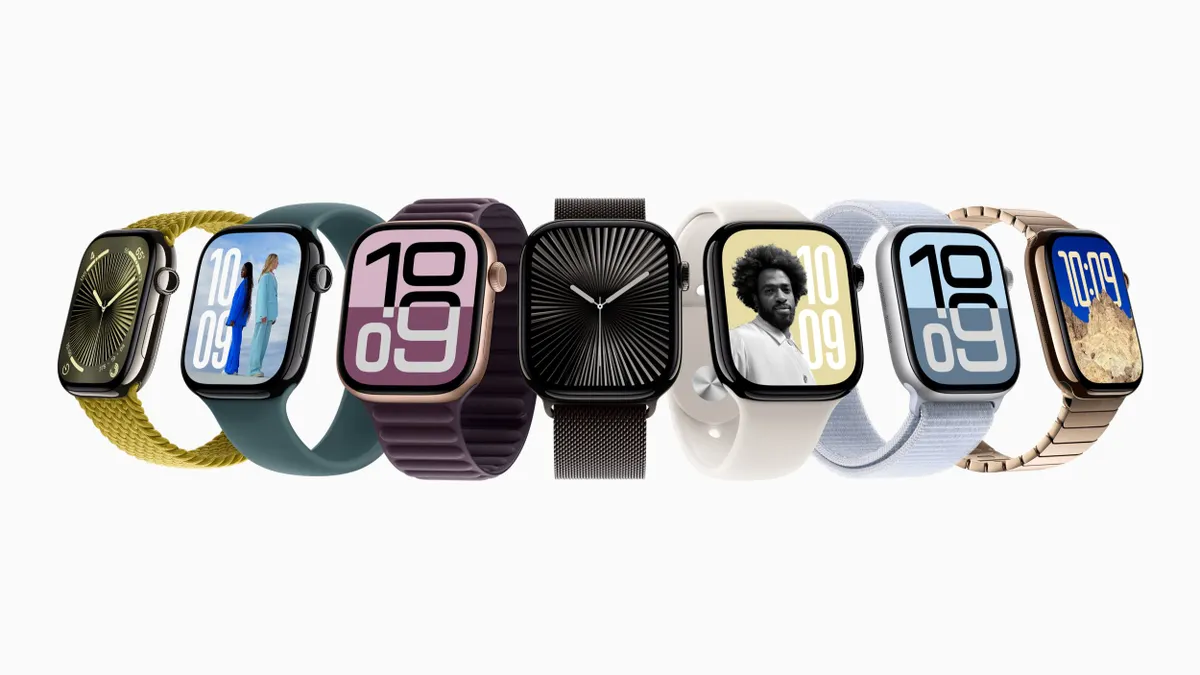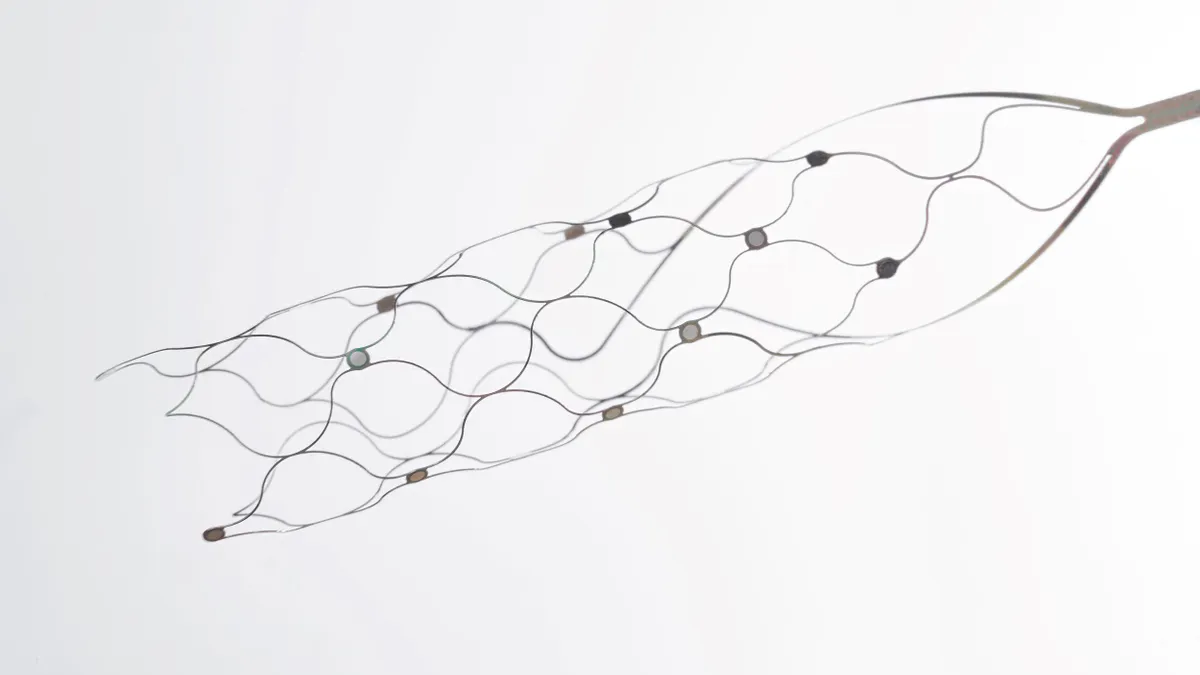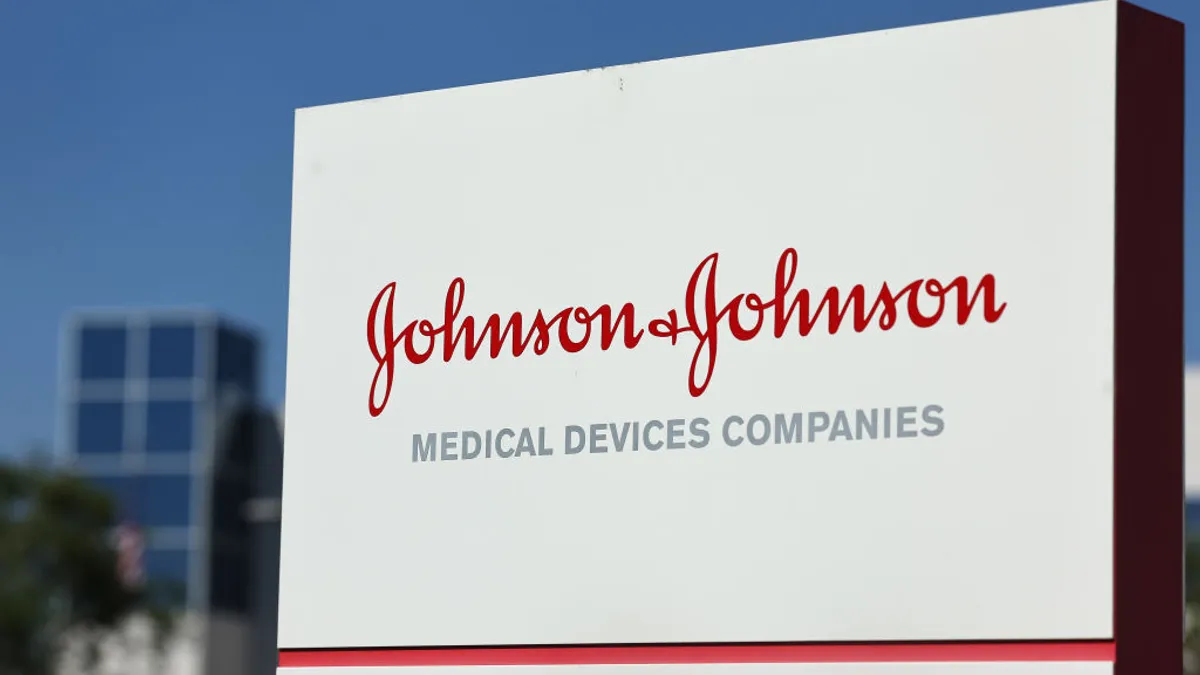When Baxter announced earlier this month plans to acquire Hillrom in an all-cash transaction valued at $10.5 billion, Wall Street was fully prepared after media reports broke the news the two companies were in talks. However, analysts initially questioned the price and strategic fit of a Baxter-Hillrom deal, the largest medtech merger so far in 2021.
Still, Baxter executives insist Hillrom offers a "highly complementary" product portfolio to its own and that Hillrom's penetration of international markets, which is minimal to date, will benefit from Baxter's global footprint.
Baxter CEO Joe Almeida on Sept. 2 told investors his company's decision to buy Hillrom was an effort to expand into connected care products, whose adoption in healthcare has been accelerated by the COVID-19 pandemic enabling patients to access to hospital-level care at home. Previously focused on infusion pumps and dialysis technology, Almeida said the acquisition will enable Baxter to offer digital health products across the continuum of care including hospitals, at home and other alternate settings.
MedTech Dive spoke with Hillrom's Trey Lauderdale, vice president and general manager of care communications, who credits Hillrom CEO John Groetelaars, who took the helm in 2018, with moving the company from its low-tech hospital equipment to its current innovative portfolio of connected care products. Lauderdale believes the synergies between Baxter and Hillrom will lead to better integration and coordination of healthcare delivery.
Hillrom acquired many of its digital health technologies, including a move into point-of-care diagnostics and patient monitoring devices, through its $2.05 billion acquisition of Welch Allyn in 2015. Lauderdale in 2008 founded mobile healthcare communications company Voalte, which Hillrom bought for $180 million in 2019.
Hillrom's Voalte platform helps to connect care teams to each other and to their patients, while integrating with existing hospital systems and medical devices as well as providing a suite of reporting, analytics and services. Lauderdale sees the unified communications platform as the basis for connecting data, devices and people and the linchpin for the Baxter-Hillrom union.
This interview has been lightly edited for clarity and brevity.
MEDTECH DIVE: Baxter's rationale for buying Hillrom is based on expanding their connected care portfolio. What are Hillrom's compelling products and markets that you address?
TREY LAUDERDALE: Hillrom is a 100-year-old company that was on the frontier of enabling, ironically, the home to go into the hospital. So, it was all about enabling better beds and furniture. The Board of Directors a few years ago put in a new CEO at Hillrom, John Groetelaars, and they empowered him to take this great medical device platform with Welch Allyn, which was already a part of Hillrom, and to drive a strategy of mergers and acquisitions and to invest organically in some of our software opportunities around medical device integration, transforming Hillrom into more of a medical technology company.
Hillrom and Welch Allyn had great initiatives underway to make the beds and monitors smart and to integrate that data predominantly into the electronic medical record. Where we got really innovative was we acquired technology from a company, EarlySense, which enables our beds to have contact-free, continuous heart rate and respiratory rate monitoring. A patient can be lying in bed and instantly we can take that data and send it through to the EMR to an algorithm or to a Voalte mobile device. So, the bed is transformed into an active monitoring device.
How does Hillrom integrate all of these devices?
LAUDERDALE: We had this really comprehensive strategy for integrating all of our medical devices from Voalte to Nurse Call in this broad ecosystem. We realized that if we were going to be a digital player, not just a medical device player, we needed to integrate non-Hillrom products as well. There's other providers out there and other competitors. We actually acquired a small startup, Excel Medical, out of Jupiter, Florida. that had focused on [a vendor-agnostic platform] integrating Philips, GE and all of these non-Hillrom devices.
Through the acquisition of Excel, we were able to pump medical device data for non-Hillrom devices into this ecosystem. From a digital perspective, we want doctors and nurses to have the same consumer experience you and I have with everyday technology in the healthcare environment with the right security, controls and workflows. Now, with the Baxter acquisition of Hillrom, it's to me a validation that we're on the right path. Obviously, there's a lot for us to learn about how we're going to integrate with Baxter and what that's going to look like.
Hillrom's connected care products are what attracted Baxter. Who are your chief competitors?
LAUDERDALE: There's a theme of connected care across all of Hillrom. We have lots of different competitors, because we're talking about lots of different products. Our value proposition is that we have the entire ecosystem. In the care communications space, I'd say our biggest bed competitor is Stryker. Our ICU beds have all sorts of intelligence to remind clinicians to turn a patient and to help get them start moving from a mobility perspective.
Voalte is the whole mobility solution so it's smartphones in a shared device model inside the hospital. That's our point of care solution that enables voice over IP calling and alert and alarm management, among other capabilities. Alert and alarm management fatigue has been an issue for a long time and the worst thing a hospital can do is to integrate everything without a strategy. Many healthcare organizations, especially as a response to COVID, are realizing just how important communication technologies are.
The adoption of connected care products in healthcare has been accelerated by the COVID-19 pandemic. Do you see that continuing?
LAUDERDALE: One of the biggest impacts of COVID on the healthcare system is the adoption of virtual care. We, through our acquisitions in mobility and the workflow that we've built out, enabled hospitals to quickly support some of these more virtual models. For virtual care, you need access to data, integrations and the ability to communicate. It's never been more important to have this care collaboration ecosystem and it's the heart of what we do. COVID accelerated the digital transformation and it's going to continue.





















